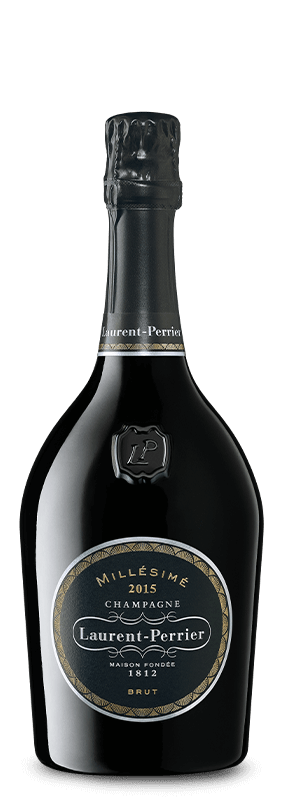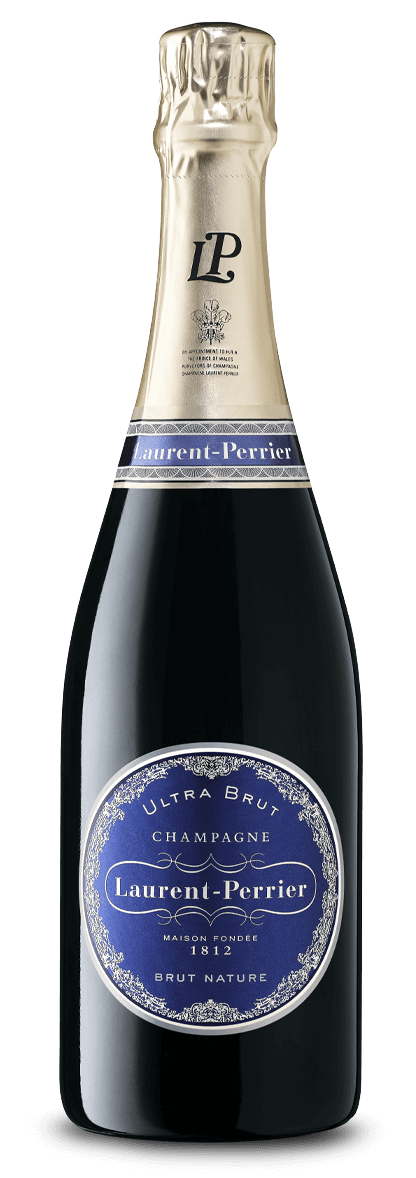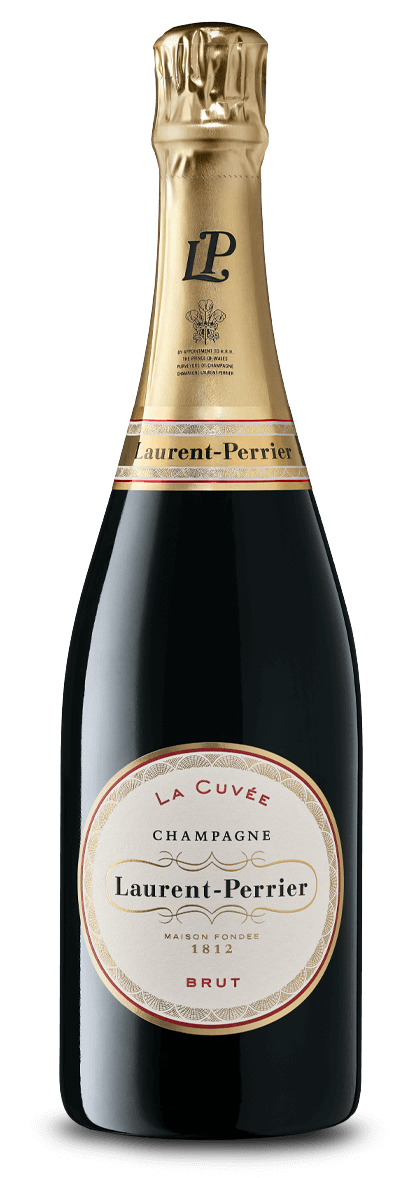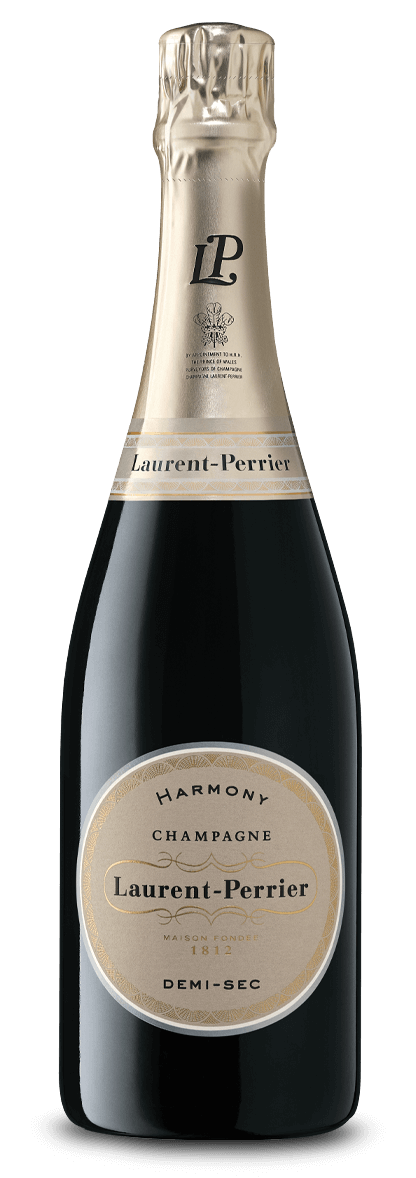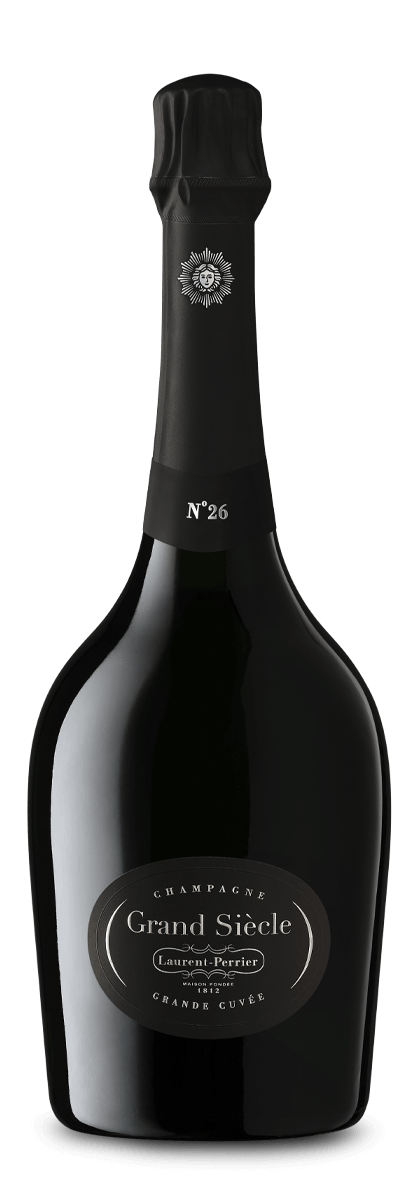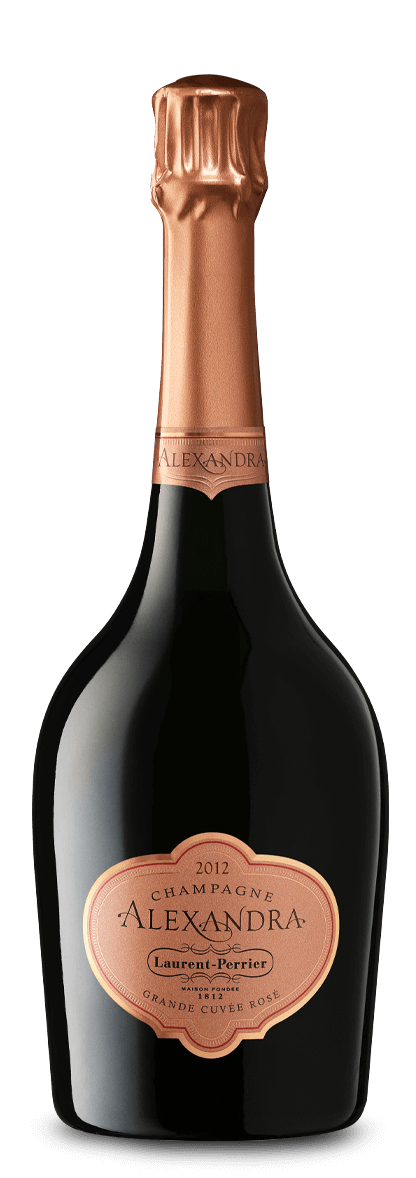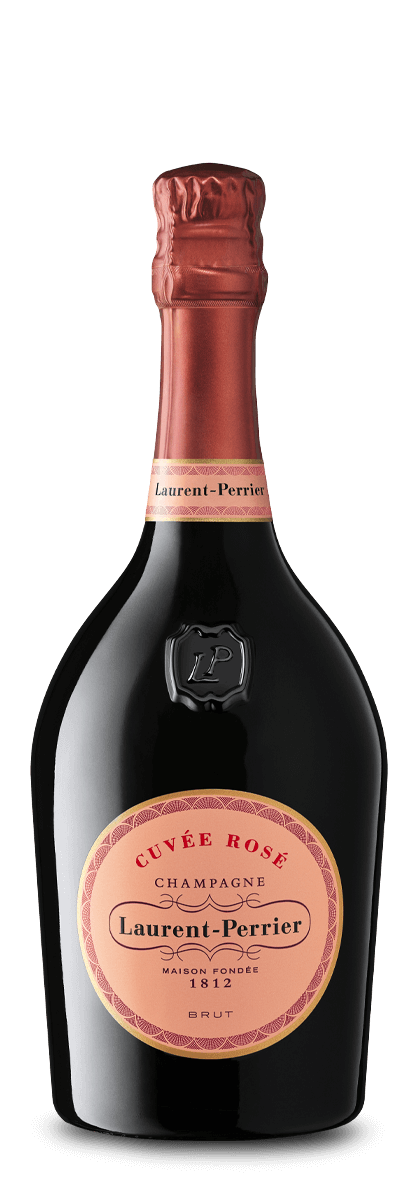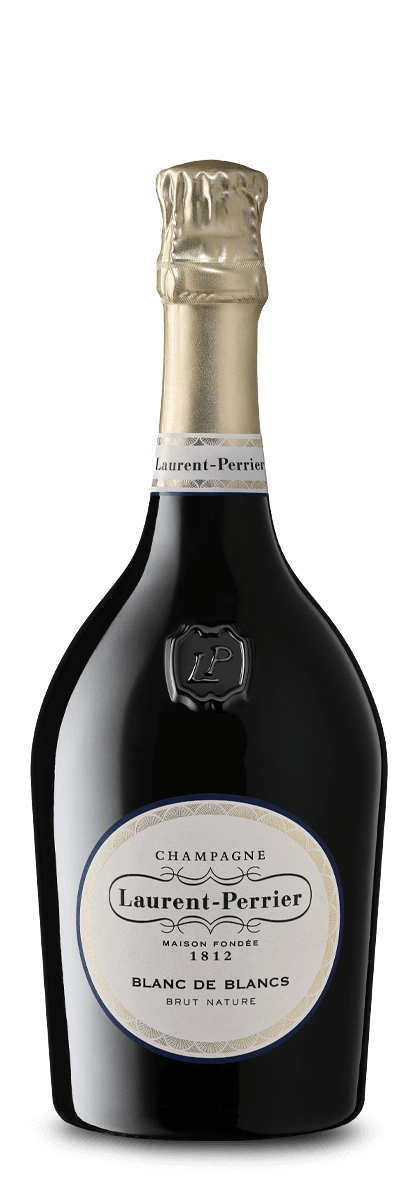
The Maison
The Savoir-Faire
of Maceration
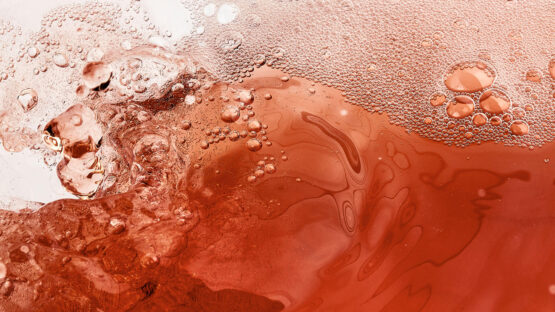
Rosé Champagnes
at Laurent-Perrier
Laurent-Perrier stands out thanks to its unique savoir-faire: maceration. A pioneer, the House paved the way for a new generation of champagnes as early as the 1960s, elevating the status of the rosé champagne category.
How did the House develop this unique savoir-faire?
From 1960, Laurent-Perrier developed a range of Vins Natures de la Champagne, later renamed Coteaux Champenois in 1974, which enabled the House to acquire expertise in extracting fruit aromas from grapes. These acquired techniques inspired and facilitated the creation of a new type of rosé champagne. In 1968, Laurent-Perrier unveiled a different and non-vintage rosé champagne: Cuvée Rosé.
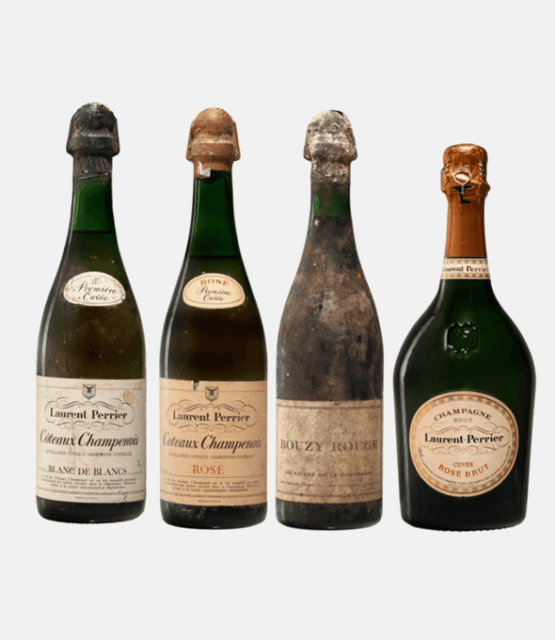
How is maceration carried out at Laurent-Perrier?
Laurent-Perrier meticulously selects and monitors vineyard plots for its rosé champagnes. During the harvest, an initial sorting takes place during picking to retain only the finest grape bunches.
Once harvested, the Pinot Noir grapes undergo a second selection on sorting tables before being destemmed and placed into stainless steel vats dedicated to maceration. The maceration phase is carried out by Crus of Pinot Noir, allowing the juice to be extracted from the berries. During the 48 to 72-hour maceration period, remontages (pump-overs) are performed twice a day. At the end of this process, the juice is separated from the solid matter, and the remaining berries are then pressed. After settling, these musts are transferred to the vat room to begin their fermentation.
Which Laurent-Perrier champagnes rely on the savoir-faire of maceration?
Alexandra rosé millésimé
embodies Laurent-Perrier’s exacting standards. The challenge in crafting this Prestige Rosé Champagne lies in ensuring that the Pinot Noir and Chardonnay reach similar maturity levels to undergo co-fermentation, allowing the aromatic expression of these two Grand Cru grape varieties to be fully revealed. Only 10 vintages have been released since its creation in 1982.

Cuvée Rosé
presented in its original and distinctive bottle featuring the LP shield, is the benchmark for rosé champagnes. This rosé champagne delivers the sensation of diving into a basket of freshly picked red berries.
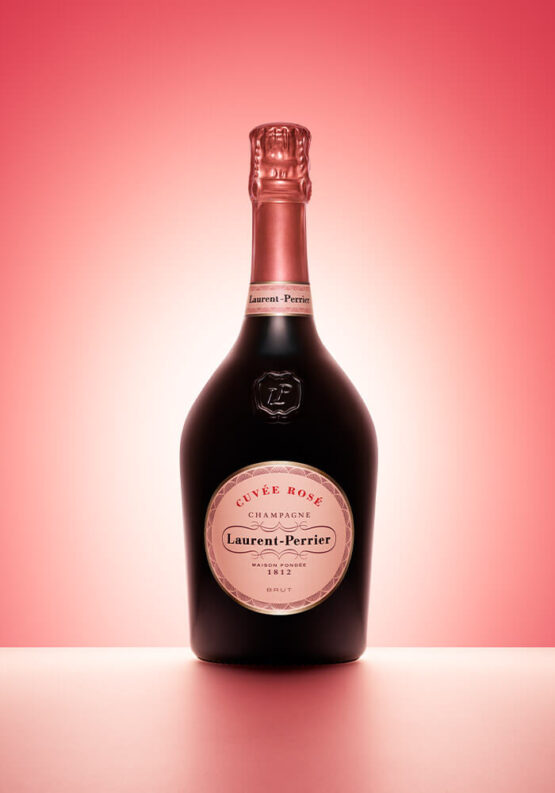
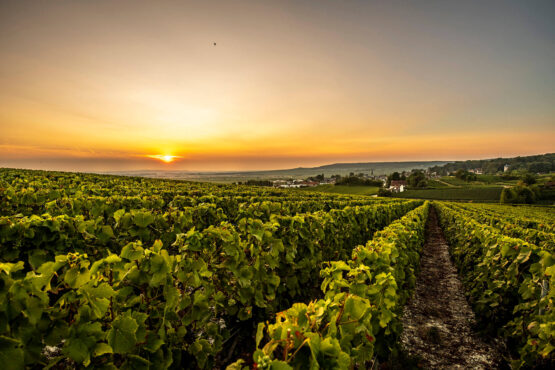
Rosé Champagnes in Champagne
There are two methods for producing a rosé champagne: blending white and red wines or maceration.
What is the most commonly used method to create a rosé champagne?
The most widespread method in Champagne is blended rosé, a technique unique to this AOC (Appellation d’Origine Contrôlée). It involves blending a small quantity of still red wine, made from Pinot Noir or Meunier, with a white wine derived from traditional Champagne blending. This technique gives the wine its rosé colour.
What is the other method for creating a rosé champagne?
The maceration method is a rarer savoir-faire. The skins of black grapes are left in contact with the juice in a maceration vat, allowing the aromatic expression to develop while the natural pigments colour the wine. After maceration, the juice is drained off, and low-temperature fermentation begins in a separate vat.

